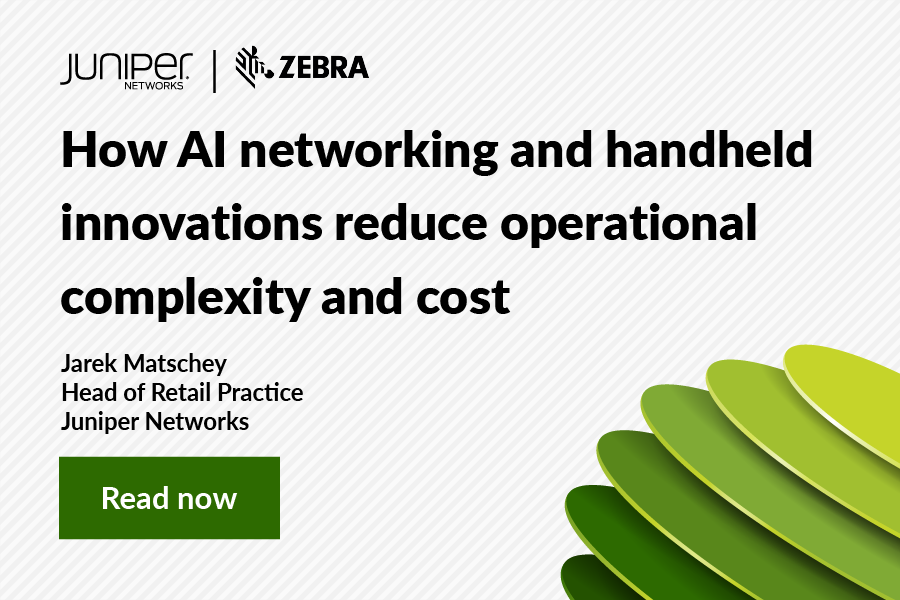This series of blogs is inspired by content originally written by Jac Kloots, Teamlead Network Services at SURFnet.
SURF is the collaborative Information and Communication Technologies (ICT) organization for Dutch education and research. SURF offers students, lecturers and scientists in the Netherlands access to the best possible internet and ICT facilities. The organization features a very advanced network, which is called SURFnet.
Over the course of this blog series we will cover the development of Project SURFnet8, a massive infrastructure upgrade which pulled out all the stops in order to deliver a future-proofed network with the user at the helm.
Who is SURF?
Before we delve into the details of Project SURFnet8, let’s start by adding some context about SURF itself. As mentioned previously, the organisation provides students, teachers and researchers in the Netherlands with access to the best possible ICT facilities to develop the country’s top research talent. The network, which facilitates communication between all parties, plays an increasingly important role in the context of these facilities.

Mindful of evolving digital requirements, SURF pondered what SURFnet would look like as it evolves in 10 years for education and research. They concluded that the network of the future should intrinsically be able to deliver what a user wants. Users should only have to state what they want; the network would then work autonomously on the how. The user is completely in control; he or she does not need any technological knowledge about the optimal network infrastructure required for their work. This concept, which SURF called ‘intent-based interactive networking,’ would make things considerably easier for the network user.
What will this look like in practice? Assume a physicist wants to analyse a dataset on a supercomputer. This requires transferring the dataset to the supercomputer. The physicist opens a portal and states their intended goal. If necessary, the portal will ask additional questions to get a more precise idea about what the researcher needs—for instance, how big is the dataset? Are we dealing with private data? Is the data delivery time sensitive?
The researcher clicks Send, and the system translates the answers into the right configurations (i.e., which terminal points are involved, how much bandwidth is needed and what the delay and jitter is on the network connection). In order to meet special preferences, such as in the field of security, additional functionality is added to the connection. This happens using network virtualisation wherever possible.
Within a few minutes, the system automatically launches the necessary network services and connections, allowing the physicist to carry out their calculations. The physicist could just as easily have been an ICT or network administrator, student, teacher or employee; all types of SURF users will have access to this portal in the future.
Now that the stage is set, in the next blog, we will outline the requirements needed to achieve this vision.


